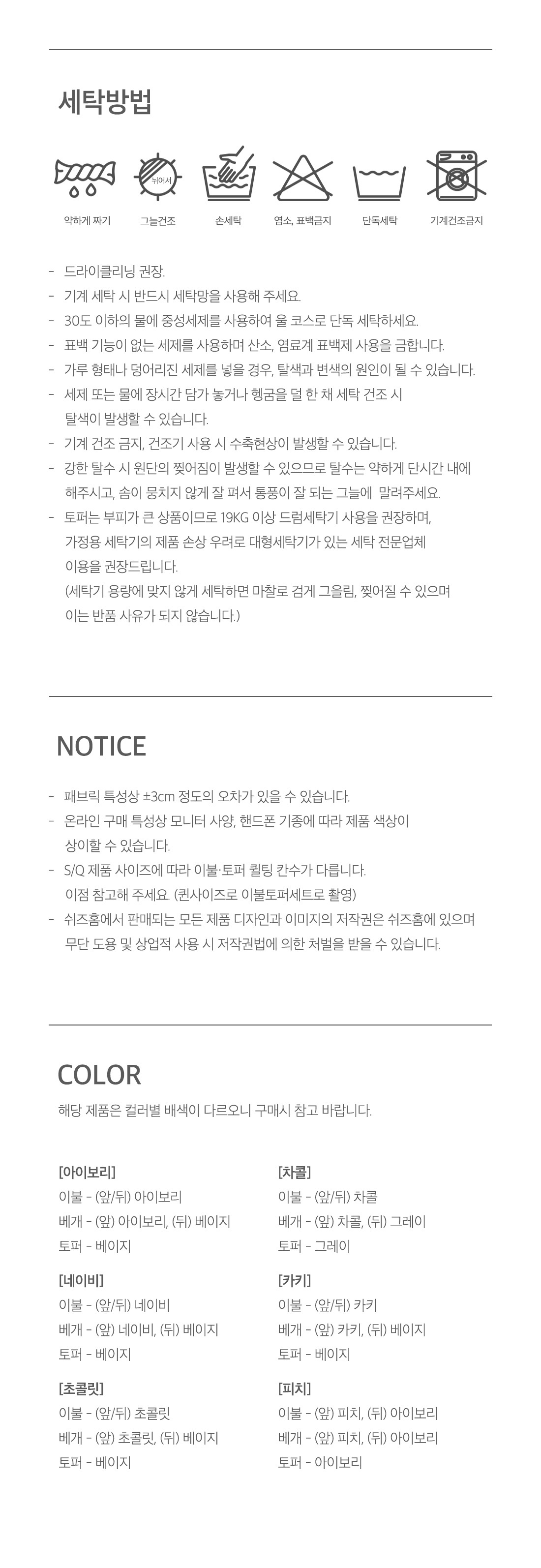Can AI undress tools truly transform images with such precision and accuracy? A bold statement suggests that these advanced algorithms have redefined the boundaries of digital image manipulation, offering users an unprecedented level of control over their visual content. As we delve deeper into this topic, it becomes evident that the implications of such technology extend far beyond mere artistic expression.
The emergence of AI undress tools like Undress.AI has sparked significant debate within both technological and legal circles. These platforms utilize sophisticated machine learning models to generate images where clothing is digitally removed, often with startling realism. While some view this as a groundbreaking advancement in creative software, others raise concerns about privacy, consent, and potential misuse. The tool's ability to process images quickly and efficiently makes it accessible to a wide audience, raising questions about its ethical applications. For instance, while artists might employ these tools for inspiration or design purposes, there are legitimate worries regarding unauthorized use against individuals without their permission.
| Personal Information | Details |
|---|---|
| Name | Undress.AI |
| Founded | 2023 |
| Location | Global (Online Platform) |
| Website | undressaitool.com |
| Career/Profession | Digital Image Processing Tool |
| Primary Function | AI-driven removal of clothing from images |
One notable aspect of AI undress tools is their versatility across various industries. Artists, designers, and photographers can leverage these technologies to enhance their work by experimenting with different styles and concepts. However, the accessibility of such tools also means they could fall into the wrong hands, leading to malicious activities such as sextortion or non-consensual sharing of intimate images. In countries like the UK, where these apps remain legal under current legislation, lawmakers face mounting pressure to address these issues more comprehensively.
Despite the controversy surrounding AI undress apps, proponents argue that when used responsibly, they offer immense value. For example, Seduced AI stands out as one of the most popular options available today, allowing users to pay via cryptocurrency or traditional methods. Its user-friendly interface ensures even those unfamiliar with advanced tech can achieve professional-grade results effortlessly. Similarly, Candy AI provides another viable alternative for creators seeking innovative ways to manipulate visuals.
From a technical standpoint, understanding how these tools function reveals their impressive capabilities. By employing cutting-edge neural networks trained on vast datasets, AI undress software learns patterns associated with human anatomy and garments. This knowledge enables them to accurately predict what lies beneath layers of fabric, producing outputs remarkably close to reality. Users simply need to upload desired images in compatible formats—JPEG, PNG, etc.—and let the algorithm do its magic.
However, the growing prevalence of these applications has not gone unnoticed by authorities worldwide. Reports indicate increasing instances of cybercrime involving AI-generated content, prompting urgent calls for stricter regulations. Critics emphasize that although creating such tools may not inherently violate laws, distributing or using them irresponsibly poses serious risks to individual rights and safety. Furthermore, advertising campaigns targeting vulnerable demographics exacerbate existing inequalities, leaving many feeling powerless against predatory practices.
In response to public outcry, several organizations have begun advocating for greater transparency and accountability within the industry. They propose implementing robust safeguards to ensure only authorized parties gain access to sensitive functionalities. Additionally, educational initiatives aim to inform users about potential dangers while encouraging responsible behavior online. Such efforts underscore the importance of striking a balance between fostering innovation and protecting societal well-being.
Looking ahead, the future trajectory of AI undress tools remains uncertain yet intriguing. As advancements continue at breakneck speed, developers must prioritize ethical considerations alongside technical achievements. Collaborative partnerships between stakeholders—including governments, businesses, and communities—will prove crucial in shaping policies that reflect shared values. Ultimately, achieving harmony between progress and precaution will determine whether these powerful instruments serve humanity positively or negatively.
For now, navigating this complex landscape requires vigilance and discernment from all involved parties. Consumers should exercise caution when engaging with any form of AI-based imagery modification, ensuring compliance with applicable guidelines. Meanwhile, innovators bear responsibility for designing solutions that uphold integrity and respect user autonomy. Together, we can harness the potential of artificial intelligence responsibly, paving the way toward a safer digital world.
It is worth noting that despite ongoing debates, demand for AI undress services persists among certain segments of society. Companies catering to this niche market continuously refine their offerings, introducing new features aimed at enhancing user experience. Pricing structures vary widely depending on factors such as subscription plans, customization options, and support services provided. Some opt for freemium models, granting basic access free of charge while charging premium fees for enhanced capabilities.
As part of broader discussions around AI ethics, examining case studies related to undress apps sheds light on real-world challenges faced by regulators and affected individuals alike. Testimonies from victims highlight the emotional toll inflicted by misuse of such technologies, reinforcing the urgency of addressing underlying systemic flaws. At the same time, success stories demonstrate legitimate applications benefiting professionals who rely on these tools daily.
To summarize, AI undress tools represent both opportunity and challenge in today’s rapidly evolving technological landscape. Their capacity to revolutionize creative processes cannot be denied; however, neither can the accompanying risks if left unchecked. Moving forward, fostering dialogue between diverse perspectives will help guide development towards beneficial outcomes for everyone involved.

